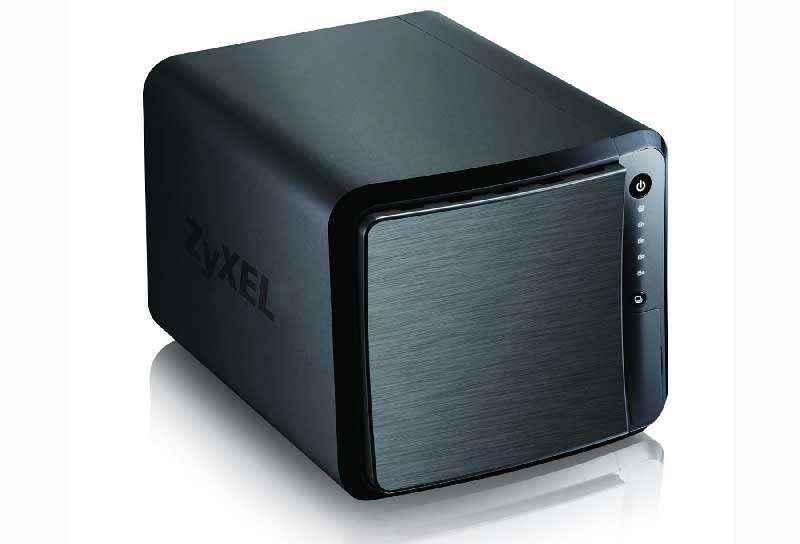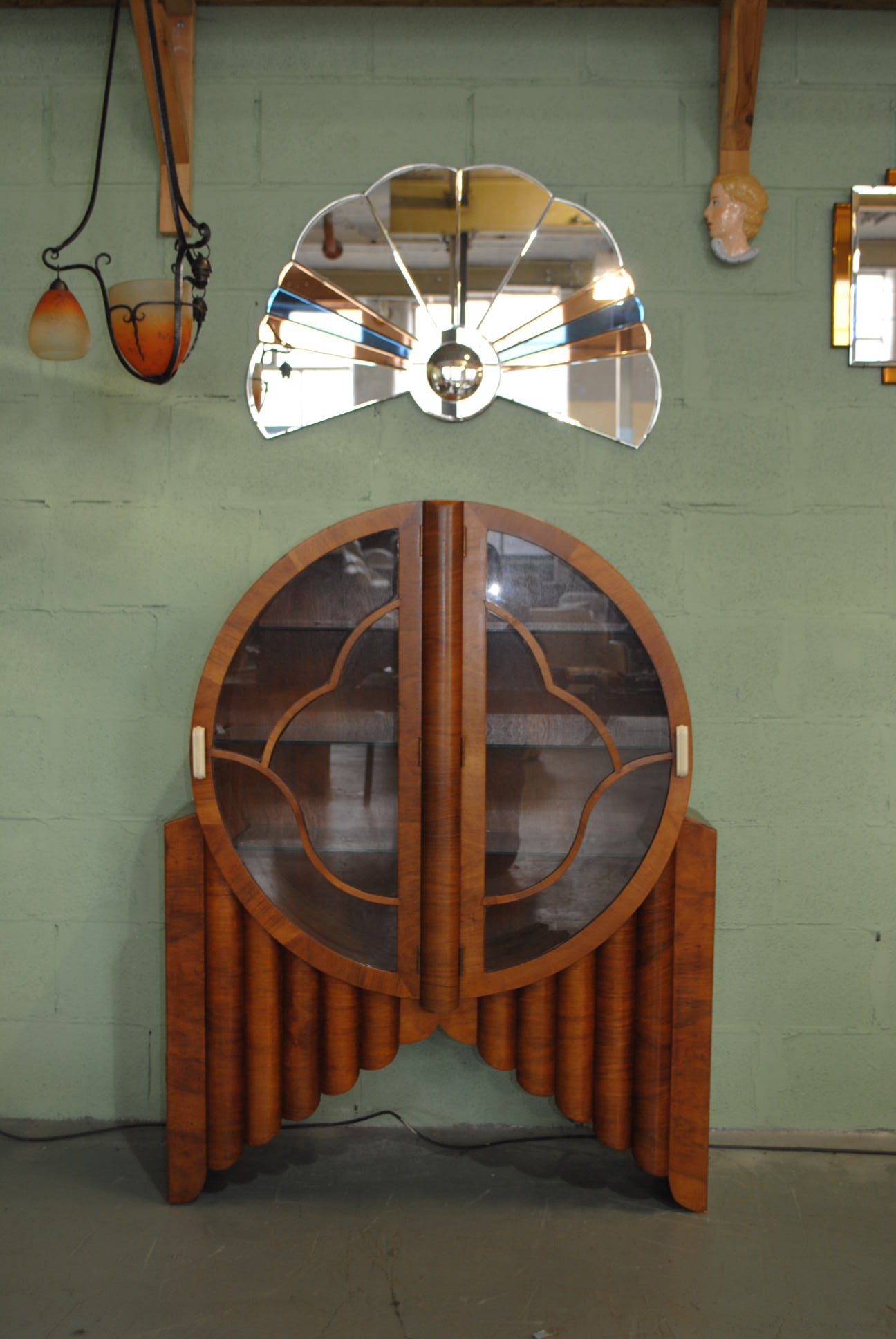

With luck, you’ve now selected the best hard drive for your NAS. They are all meant for this purpose, or at the very least, have the necessary characteristics. Cheaper consumer hard drives aren’t built for constant access and may not perform well in RAID (Redundant Array of Independent Disks) configurations.įor those who may still retain some confusion, any hard disk drives on this list will work well in a NAS. You can technically run a consumer-grade hard disk drive in a network attached storage, but it isn’t ideal. TOP 8 NAS HARD DRIVES SPECIFICATIONS COMPARISON

To give you an idea of how NAS hard disk drive specifications can differ, here’s a chart.

This rating is the fastest speed at which data can continuously be written to a drive, often shown in Megabytes per Second (MB/s). Reading a file is always faster than writing one, so the critical speed criteria to observe is maximum sustained write speed. The larger the cache size, the better the performance. To improve performance, manufacturers include a small volatile cache to store data while waiting to be written to the drive. Mechanical drives are limited in speed, partially by physics. Common RPM rates range between 5,400 to 7,200. The faster the platters rotate, the higher the speed of the drive. Mechanical hard drives make use of “platters” inside that rotate at high speeds for data access. The longer this rating is, the more reliable your drive will be. The MTBF rating is the average time the manufacturer has observed to pass (on average) before the drive starts failing. Like all hardware, hard drives will eventually fail. Often listed in Terabytes (TB), hard drive capacity is the amount of data you can store on the drive. To mitigate this you’ll want another external backup, preferably to the cloud.Ways to secure yourself and your business online. If the box just dies, or if something catastrophic happens like a fire, you’ll still lose all your data. Whichever you choose however, don’t consider your NAS to be the only backup of your data. RAID 6 meanwhile requires four drives but offers both striped and dual parity, so two drives could fail and the RAID could still recover. As data is ‘striped’ across three drives, reads are fast, but at the expense of slower writes because of having to also write the parity data. That means a RAID 5 array can withstand a single drive failure without losing data or access to data. RAID 5 requires at least three drives and offers parity data. You can then replace the faulty disk, and rebuild the RAID array. In this scenario, the second drive is a mirror of the first, so if one drive fails completely all your data is safe on the other. Most NAS drives will offer at least two bays, which means that you can set them up as RAID 1.


 0 kommentar(er)
0 kommentar(er)
